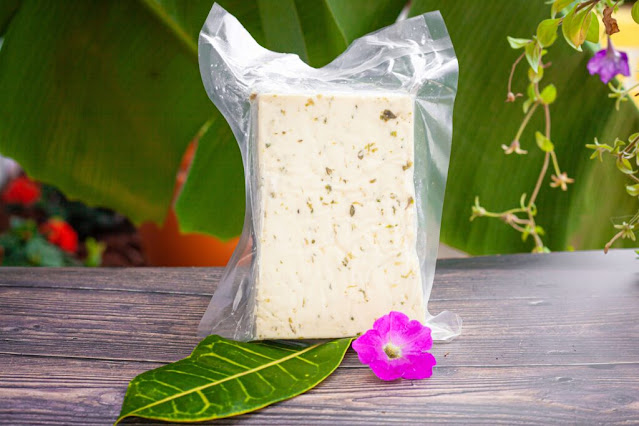La Nica Products Inc: What is cheese, and how is it made?
Cheese is a dairy product produced in wide textures, flavors and forms by coagulating milk protein casein. It comprises proteins and fat from milk. Despite the countless types of cheese, they all have milk in common. However, the types of milk differ, including goat, cow, buffalo, and buffalo milk.
From milk to curd to cheese, there are steps along on how cheese is made. The process differs from cheese to cheese. La Nica product Inc. Therefore explain the step-by-step process of making cheese for any type in its earlier stages.
Cheese is made up using chemical and physical processes that turn milk into curd characteristics. The treatment during curd forming, pressing, polishing, and storage conditions determine the characteristics of the cheese. here are the essential steps of cheese making
Preparing the milk
Cheese makers start by processing milk to standardize it— manipulating proteins to fat ratio. It also involves pasteurization to kill organisms that could spoil the cheese. Once pasteurized, it could lead to 90° F, so it's ready for starter culture.
acidifying the milk
The next step is adding starter cultures to acidify the milk. The milk should be at 90° F for about 30 minutes for the milk to ripen, its pH level drops, and for the cheese, the flavour starts to develop.
Curdling the milk
Adding rennet causes a reaction that curdles the milk. It allows the milk to form coagulated lumps—curds.
Cutting the curd
At this point, curds form a large coagulated mass in the cheese-making vat. It's cut and heated to ensure further separation of curs and whey.
Process the curd
After cutting, the curd continues to be processed to separate curd and whey. It is processed through stirring, cooking and washing and continues to acidify and dry the curds.
Draining the whey
At this point, curd and whey should be sufficiently separated. Whey is completely drained, leaving only a mat of cheese curds.
Cheddaring the cheese
Cheesemakers cut the curd mats into sections and repeatedly flip the sections before milling the mat. Fermentation continues for curs to reach a pH of 5.1 - 5.5. when ready, they'll mill the curd to produce smaller pieces.
Salting the cheese
The curd starts looking like cheese in its final form. The next step is to add flavour. for some cheese, it is dry salting, and for others, it is bringing.
Shaping the cheese
The next step is shaping the cheese with the help of a basket or hoop moulds.
Ageing the cheese
The process of some cheese ends at this step. However, some are aged from several days to several years. It occurs at cool, controlled enrollment to cause the cheese to harden and the flavour to intensify. Finally, the cheese is coated, wrapped, or packed.
Conclusion
These are the common steps for most types of cheese. However, there are special treatments for specific types of cheese. World-class cheese comes from stellar milk— cheese travels to the cheese plant, and the magic begins. La Nica Products Inc., funded in 1988 in Miami, is the best cheese seller in Central America. They offer delicious cheese with top quality and hygiene in the entire United States.
.png)

Comments
Post a Comment